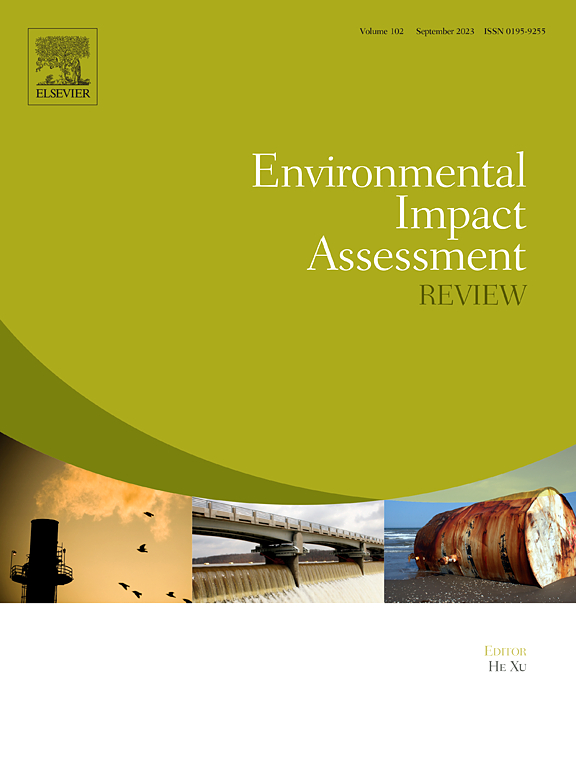集中环境执法如何影响水质?中国的准实验
IF 9.8
1区 社会学
Q1 ENVIRONMENTAL STUDIES
引用次数: 0
摘要
中国正雄心勃勃地推进中央集权改革,将其作为严格环境监管和污染控制的灵丹妙药。大量出版物证实了这一改革对空气质量和气候变化的积极影响。然而,中央集权,尤其是环境执法集中化对地表水质量的影响仍不明确。针对这一空白,本文收集了 2018 年 7 月至 2020 年 12 月期间中国 78 个地表水水质监测站点的数据,并将中国生态环境保护综合行政执法改革作为环境执法集中化的准实验。交错差分估计结果表明,综合行政执法改革对综合水质、溶解氧、高锰酸盐指数和氨氮的改善不明显。其积极影响仅限于改善地表水的酸碱度。异质性分析表明,综合行政执法改革导致边界水质明显恶化。但是,如果监测站所在城市的市长年龄在 55 岁以上,则综合行政执法改革可以显著改善综合水质。这表明,地方政府可能会出于经济成本和晋升动机,选择性地控制水污染。本文通过中国的数据为环境集权和水污染控制提供了新的见解。基于这些发现,我们建议全球政策制定者审慎扩大环境集权的应用范围,关注跨境污染,并设计科学的干部绩效评估体系。本文章由计算机程序翻译,如有差异,请以英文原文为准。
How centralizing environmental enforcement affects water quality: A quasi-experiment in China
China is ambitiously promoting centralization reform as a panacea for strict environmental regulation and pollution control. Numerous publications have confirmed the positive impacts of this reform on air quality and climate change. However, the impacts of centralization, particularly the centralization of environmental enforcement, on surface water quality remain unclear. To address this gap, this paper collected data from 78 surface water quality monitoring stations in China between July 2018 and December 2020 and used comprehensive administrative enforcement reform for ecological and environmental protection in China as a quasi-experiment of environmental enforcement centralization. The results of the staggered difference-in-differences estimation show that comprehensive administrative enforcement reform does not significantly improve integrated water quality, dissolved oxygen, permanganate index, and ammonia nitrogen. Its positive impact is confined to improving the acidity and alkalinity of surface water. Heterogeneous analysis reveals that comprehensive administrative enforcement reform has caused a significant deterioration of boundary water quality. However, comprehensive administrative enforcement reform can significantly improve integrated water quality if the mayor of the city where the monitoring station is located is older than 55. This demonstrates that local governments may control water pollution selectively due to economic costs and promotion motivations. This paper provides new insights into environmental centralization and water pollution control via data from China. Based on these findings, we recommend that global policymakers prudently expand the application scope of environmental centralization, focus on trans-border pollution, and design scientific cadre performance evaluation systems.
求助全文
通过发布文献求助,成功后即可免费获取论文全文。
去求助
来源期刊

Environmental Impact Assessment Review
ENVIRONMENTAL STUDIES-
CiteScore
12.60
自引率
10.10%
发文量
200
审稿时长
33 days
期刊介绍:
Environmental Impact Assessment Review is an interdisciplinary journal that serves a global audience of practitioners, policymakers, and academics involved in assessing the environmental impact of policies, projects, processes, and products. The journal focuses on innovative theory and practice in environmental impact assessment (EIA). Papers are expected to present innovative ideas, be topical, and coherent. The journal emphasizes concepts, methods, techniques, approaches, and systems related to EIA theory and practice.
 求助内容:
求助内容: 应助结果提醒方式:
应助结果提醒方式:


